The twenty-something free fall
Young adults with autism face many new expectations and challenges — with none of the support that is available during high school.

Young adults with autism face many new expectations and challenges — with none of the support that is available during high school.
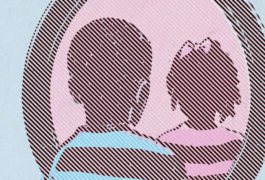
New recommendations urge clinicians to screen teenagers for autism when they seek treatment at gender clinics, and evaluate those with autism for gender concerns.

‘Trans’ people with autism express a gender at odds with societal expectations, or reject the male-female divide entirely. Many are breaking new ground on how identity is defined — and what it means to also have autism.

On the occasion of Thomas Südhof winning the Nobel Prize in Physiology or Medicine, SFARI.org’s former news editor recalls their first meeting.
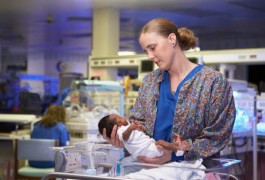
Autism prevalence is five times higher in young adults born weighing 2,000 grams or less compared with controls, according to a study published 17 October in Pediatrics.
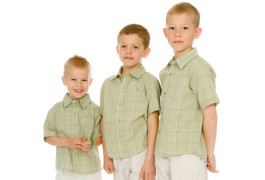
In families that have more than one child with autism, the middle children, particularly those born second, have a higher risk of developing autism than other children in the family, according to a study published 19 October in PLoS One. In families that have only one child with autism, however, risk of the disorder rises with each additional birth, the study found.
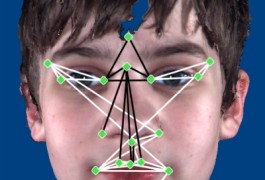
Boys with autism have a distinct facial structure that differs from that of typically developing controls, according to a study published 14 October in Molecular Autism.
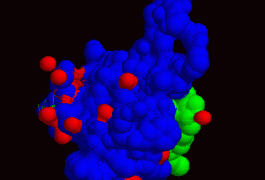
Mice lacking a copy of SHANK3, a gene associated with autism and intellectual disability, show marked improvements in brain signaling after being treated with insulin-like growth factor 1, according to unpublished findings presented Saturday at the International Congress of Human Genetics in Montreal, Canada.

Adolescents with autism may not use abstract reasoning to understand why certain acts are wrong, but they know the difference between a moral transgression and a social blunder.
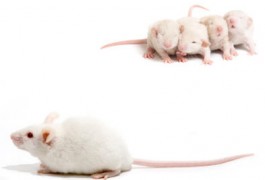
Mouse pups with a duplication of GTF2I, a gene linked to Williams syndrome and autism, show extreme separation anxiety when separated from their mothers, according to unpublished findings presented Thursday at the International Congress of Human Genetics in Montreal, Canada.